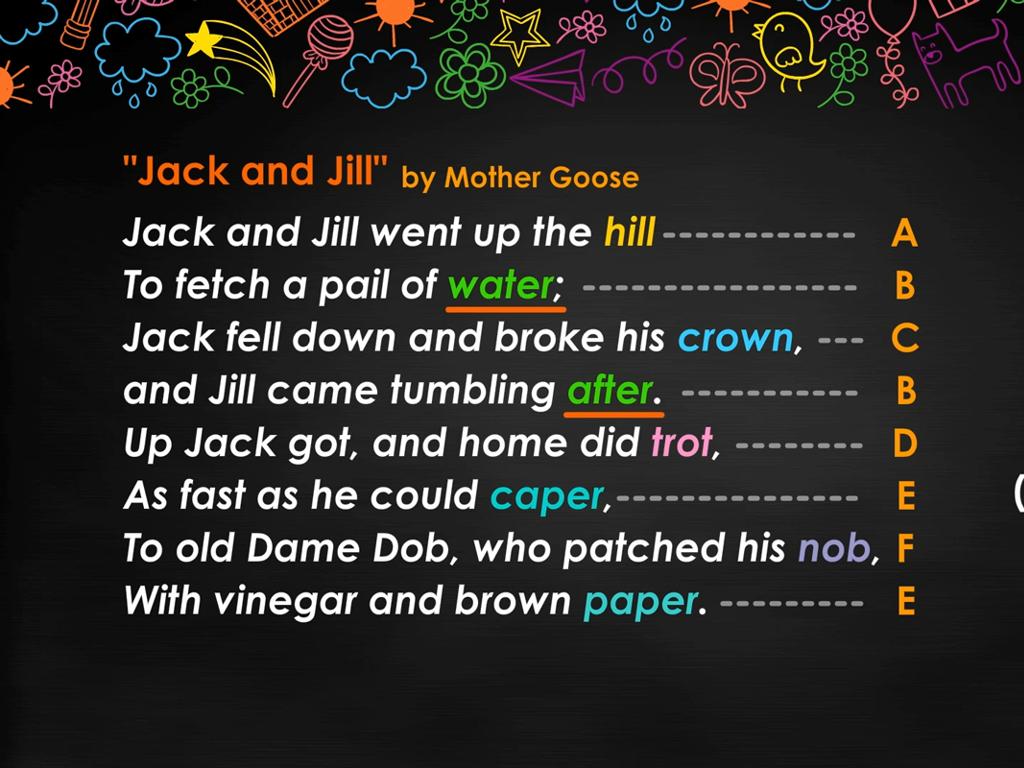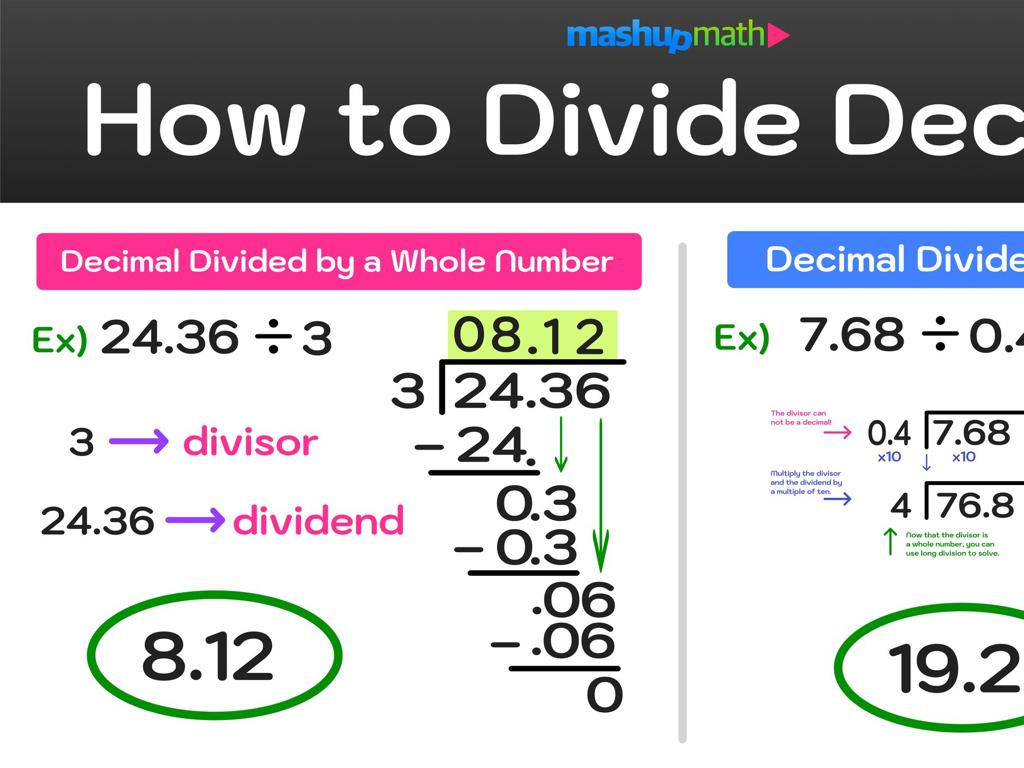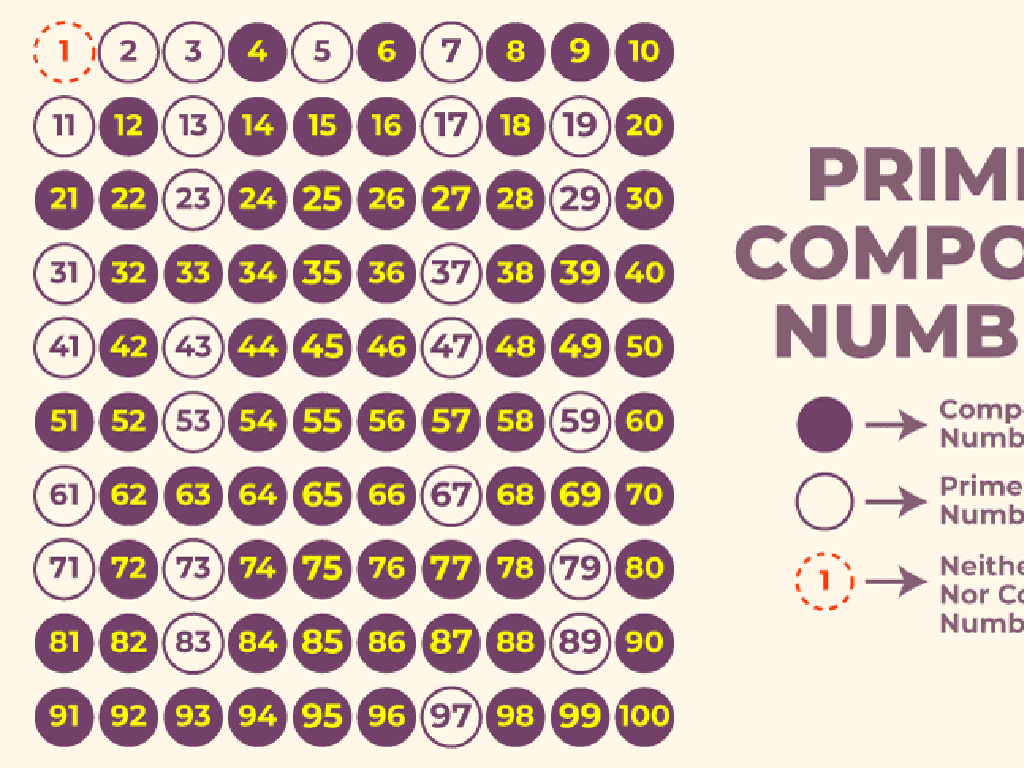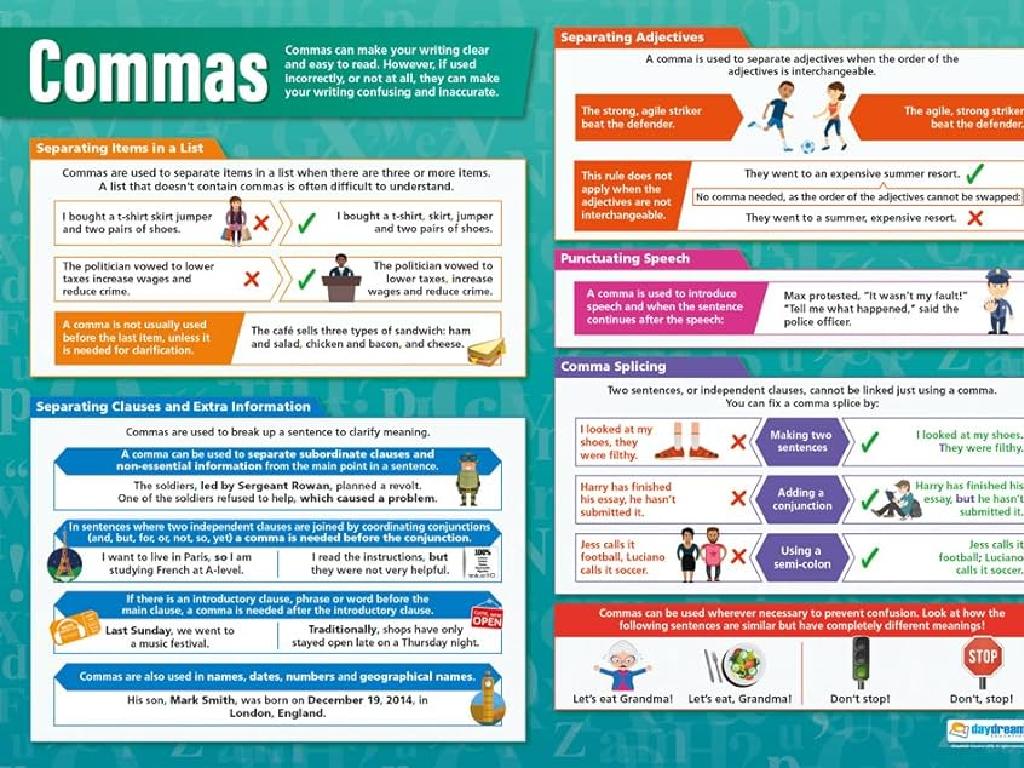Use Dictionary Definitions
Subject: Language arts
Grade: Seventh grade
Topic: Reference Skills
Please LOG IN to download the presentation. Access is available to registered users only.
View More Content
Mastering Reference Skills: Using a Dictionary
– Importance of reference skills
– Essential for research and understanding complex texts
– Types of reference materials
– Includes dictionaries, thesauruses, encyclopedias, etc.
– Using a dictionary effectively
– Learn to locate words and comprehend definitions
– Today’s focus: Dictionary skills
|
This slide introduces students to the fundamental reference skills necessary for academic success. Emphasize the value of these skills in conducting research and enhancing vocabulary comprehension. Highlight the variety of reference materials available, such as dictionaries, thesauruses, and encyclopedias, and their specific uses. Focus on the dictionary for today’s lesson, teaching students how to effectively find words and understand their meanings, pronunciation, and usage. Provide examples of looking up words and interpreting the different elements of a dictionary entry. Encourage students to practice these skills by looking up unfamiliar words during their reading assignments.
Exploring Dictionaries: A Key Reference Tool
– Dictionary: A language’s word list
– A resource with words and their definitions, usage, and more
– Offers meanings, pronunciations, origins
– Learn how words are pronounced and their history
– Includes correct spellings
– Ensures words are spelled accurately in writing
– Types: General and specialized
– Specialized for fields like medicine or law
|
Introduce the concept of a dictionary as an essential reference tool that provides comprehensive word listings for a language. Highlight its importance in understanding word meanings, correct pronunciations, etymologies (word origins), and proper spellings. Explain that dictionaries come in various forms, including general use for everyday language and specialized versions for specific fields such as medical or legal terminology. Encourage students to familiarize themselves with using both print and electronic dictionaries to enhance their language skills and academic work.
Exploring Dictionary Entries
– Headword: the defined word
– The main word you’re looking up
– Pronunciation guide
– Shows how to pronounce the headword
– Part of speech
– Identifies if the word is a noun, verb, etc.
– Word’s definition
– Explains what the headword means
– Example sentences usage
– Shows how the word fits into sentences
|
This slide aims to familiarize students with the components of a dictionary entry. Understanding these parts helps students effectively use a dictionary to improve their vocabulary and language skills. The headword is the word being defined. Pronunciation is typically indicated through phonetic spelling or symbols based on the International Phonetic Alphabet (IPA). The part of speech clarifies the word’s grammatical function. The definition provides the meaning(s) of the word, which can vary depending on context. Example sentences illustrate how the word is used in real-life conversations or writing. Encourage students to practice looking up words in a dictionary to become comfortable with these elements.
Navigating the Dictionary: Guide Words
– Guide words at dictionary top
– They are located at the very top of dictionary pages.
– They quicken word searches
– These words help you find words faster by indicating which words are on the page.
– First guide word: page’s start
– The first guide word is the first entry of the page.
– Second guide word: page’s end
– The second guide word is the last entry you’ll find on that page.
|
This slide introduces students to the concept of guide words in a dictionary, which are essential for efficient reference skills. Guide words are found at the top of each dictionary page and serve as a quick navigation tool. The first guide word indicates the first word on the page, and the second guide word indicates the last word on the page. Understanding how to use guide words will help students quickly locate the words they are looking for without having to read through every word on the page. Encourage students to practice by picking random pages in a dictionary and identifying the guide words and their corresponding word entries.
Using a Dictionary: Step by Step
– Identify the word to look up
– Understand alphabetical order
– Words are listed in A-Z order
– Utilize guide words for navigation
– Guide words at the top show the first and last words on a page
– Locate the word and its definition
– Read the full entry to understand all possible meanings
|
This slide is aimed at teaching students how to effectively use a dictionary. Start by thinking of the word you need to define. Remember that dictionaries are organized alphabetically, so a solid understanding of alphabetical order is crucial. Guide words at the top of each dictionary page can help you navigate to the correct page quickly. Once you find the page, look for your word and read the entry carefully to understand its definition and any variations in meaning. Encourage students to practice by looking up words they encounter in their reading or writing to become more familiar with using dictionaries as a reference tool.
Practice Time: Navigating the Dictionary
– Start with easy dictionary words
– Begin with words like ‘cat’, ‘run’, or ‘happy’.
– Progress to more complex terms
– Move on to words such as ‘determination’, ‘photosynthesis’, or ‘infrastructure’.
– Pair up for collaborative learning
– Work with a classmate to find meanings together.
– Engage in interactive dictionary drills
– Use games like ‘word hunts’ or ‘definition match-ups’.
|
This slide is designed to engage students in a hands-on dictionary practice session. Start with simple words to ensure everyone is comfortable with the process of looking up words. Gradually introduce more challenging vocabulary to stretch their skills. Encourage students to work in pairs to foster teamwork and allow them to learn from each other. Incorporate interactive activities such as timed word hunts or matching words with their correct definitions to make the learning process fun and engaging. This will help students become more familiar with using dictionaries as a reference tool for understanding word meanings.
Class Activity: Dictionary Scavenger Hunt
– Find meanings of 10 assigned words
– Record the guide words for each
– Guide words are at the top of dictionary pages
– Discover and note interesting facts
– Facts about word origin or usage
– Share example sentences in class
– How are these words used in sentences?
|
This activity is designed to familiarize students with using a dictionary and understanding its structure, including guide words, which are the first and last words on a dictionary page. Students will search for the meanings of 10 words provided by the teacher, noting down the guide words to enhance their navigation skills. They are also encouraged to look for and record any interesting facts about the words, such as etymology or unusual uses, and to write example sentences. This will help them understand the words in context. For the next class, students should be prepared to share their findings. The teacher should prepare a diverse list of words and ensure that there are enough dictionaries for all students. Possible variations of the activity could include finding synonyms/antonyms, using words in their own sentences, or creating a small story using all the words.
Wrapping Up: The Power of Dictionaries
– Summarize dictionary usage
– Homework: Discover 5 words
– Find words you’re curious about
– Write down each definition
– Use a dictionary to find meanings
– Share your findings in class
– Be ready to discuss your new words
|
As we conclude, remind students of the importance of using a dictionary to understand word meanings, pronunciations, and correct usage. For homework, students should find five words they are unfamiliar with, look up their definitions in a dictionary, and write them down. Encourage them to choose words from subjects they’re interested in to make the activity more engaging. In the next class, students will have the opportunity to share the words they’ve learned and discuss how they used context clues or other reference skills to understand them. This exercise will reinforce their reference skills and expand their vocabulary.






